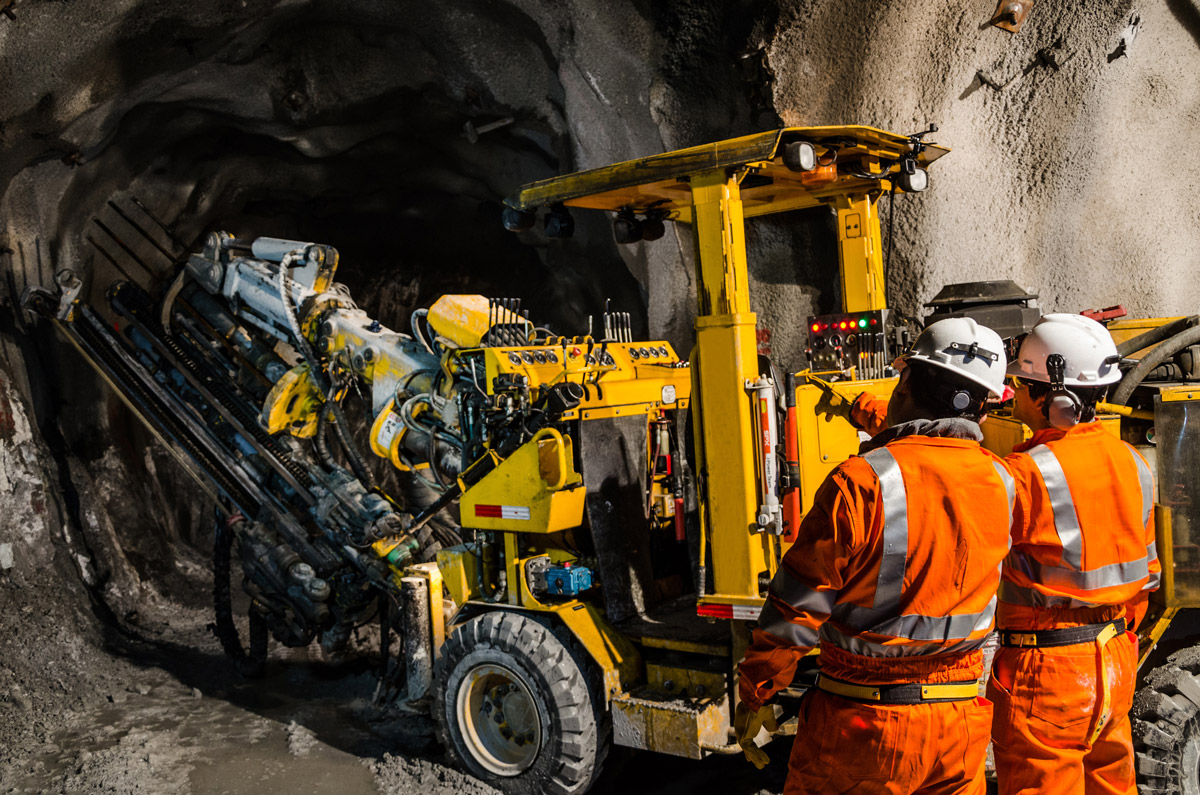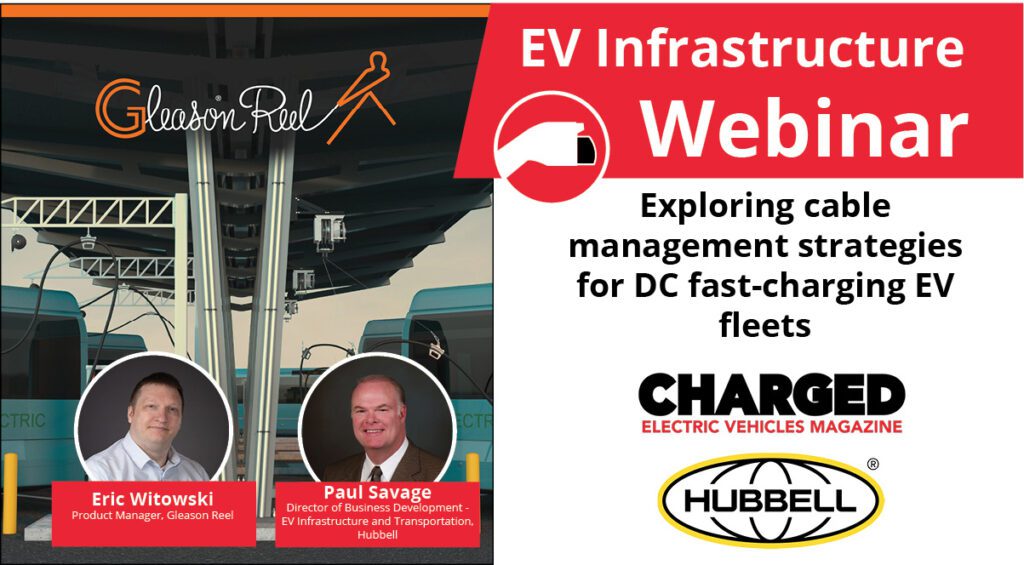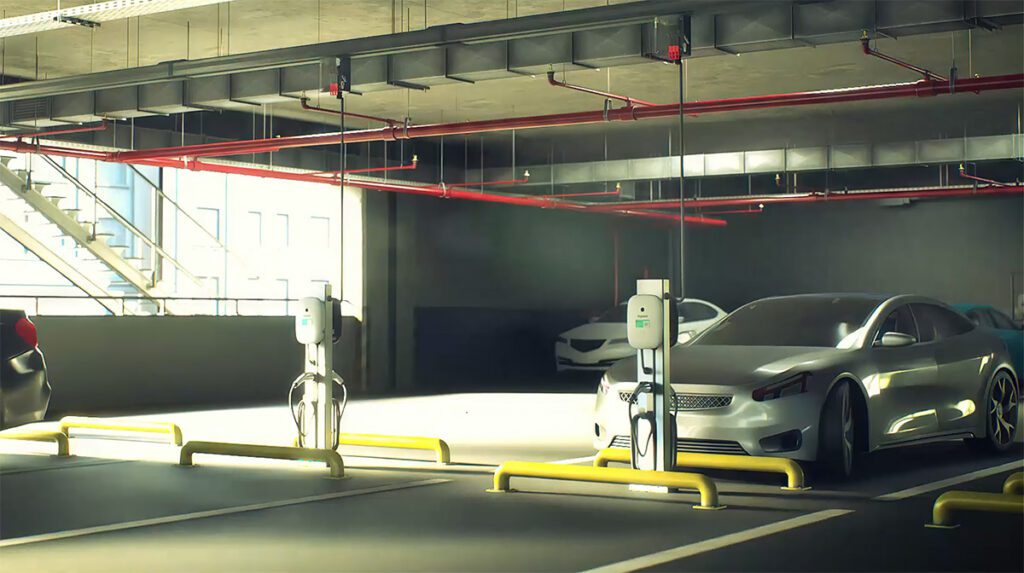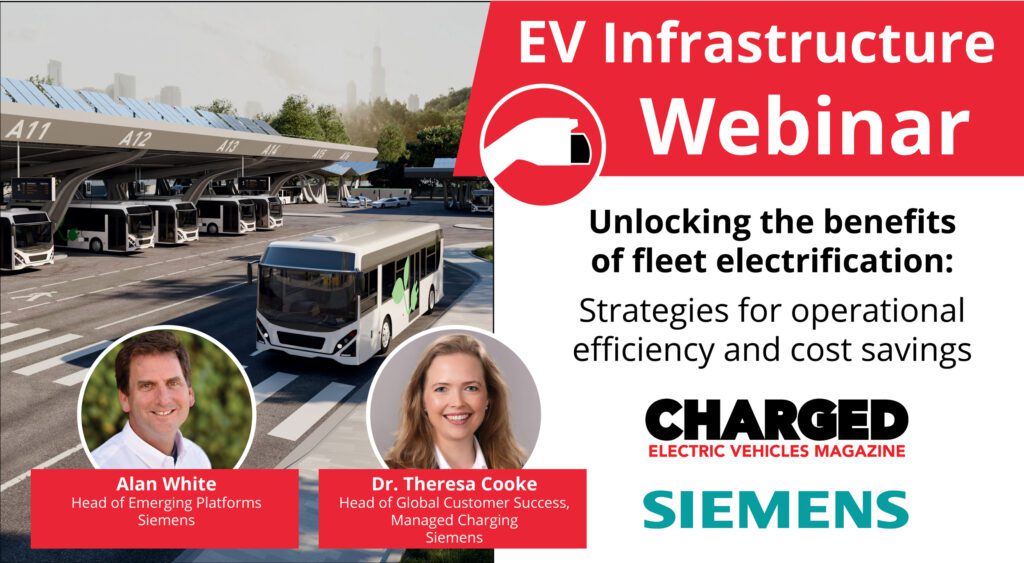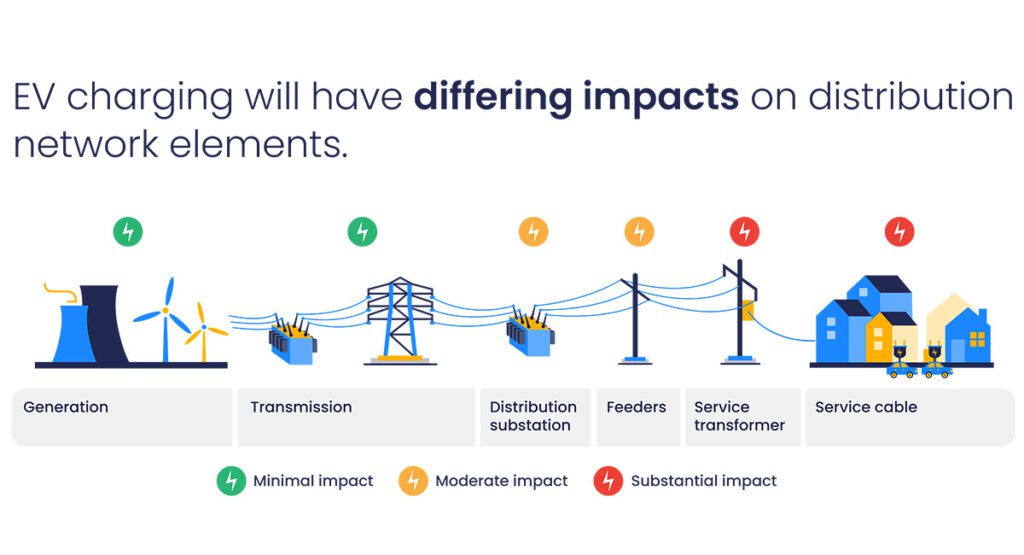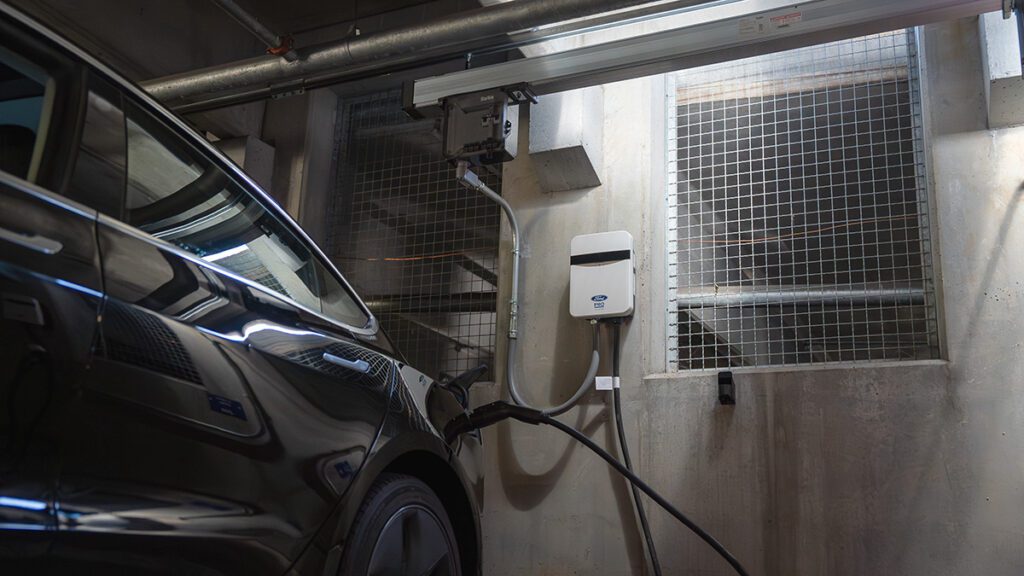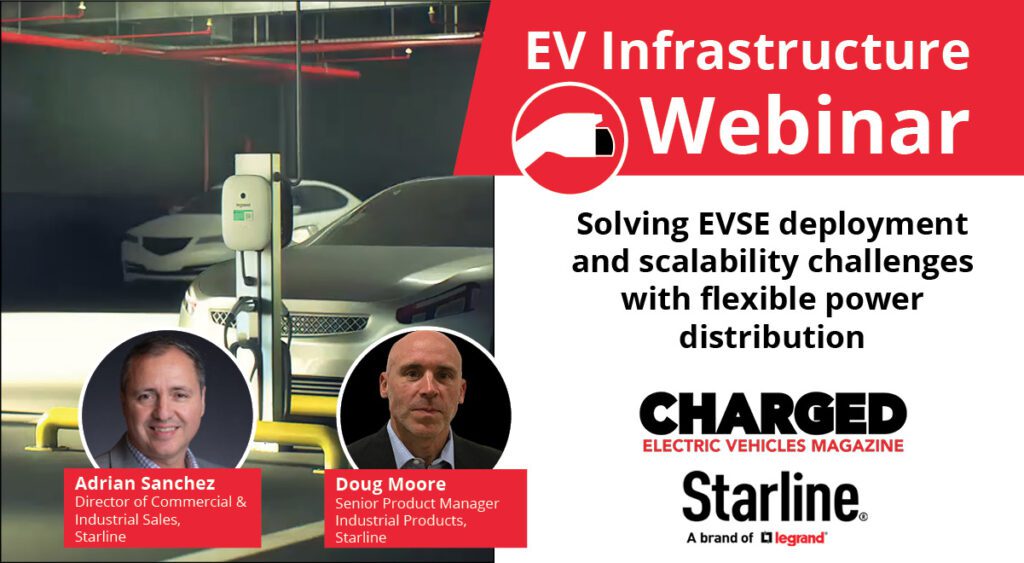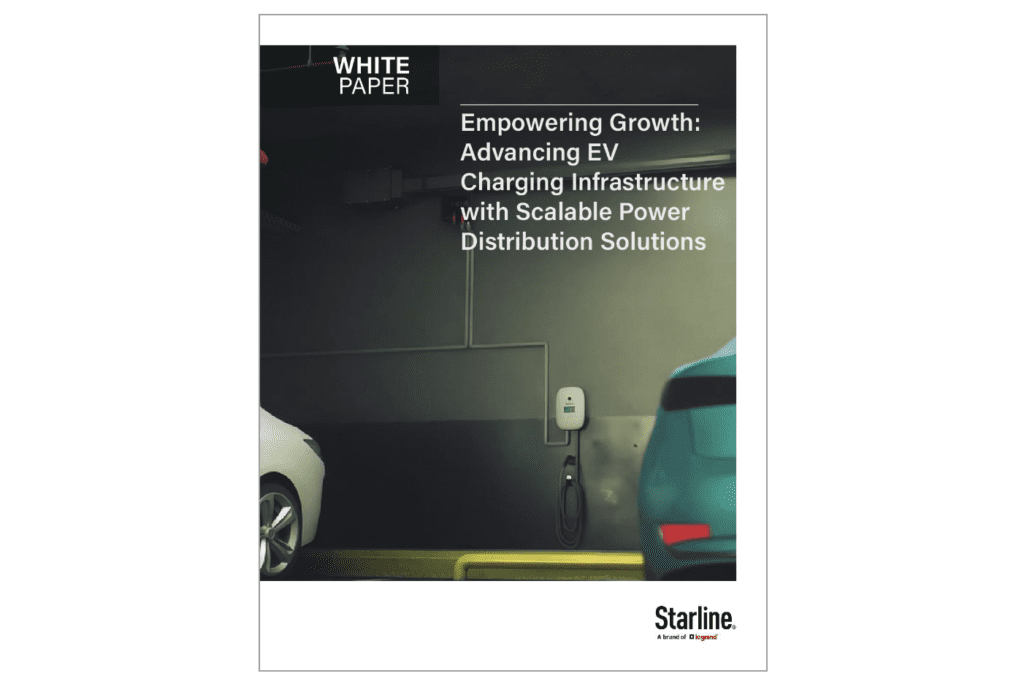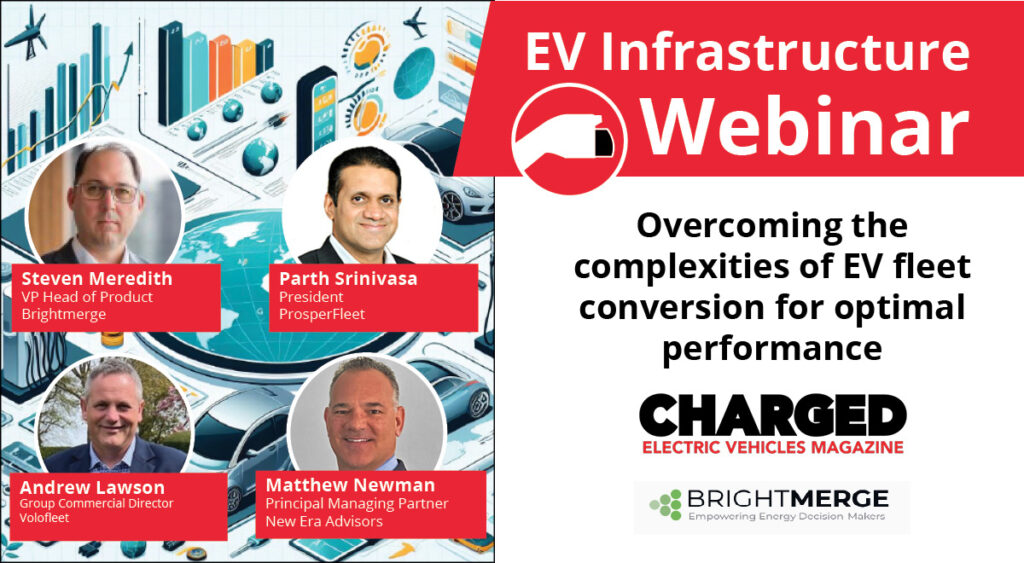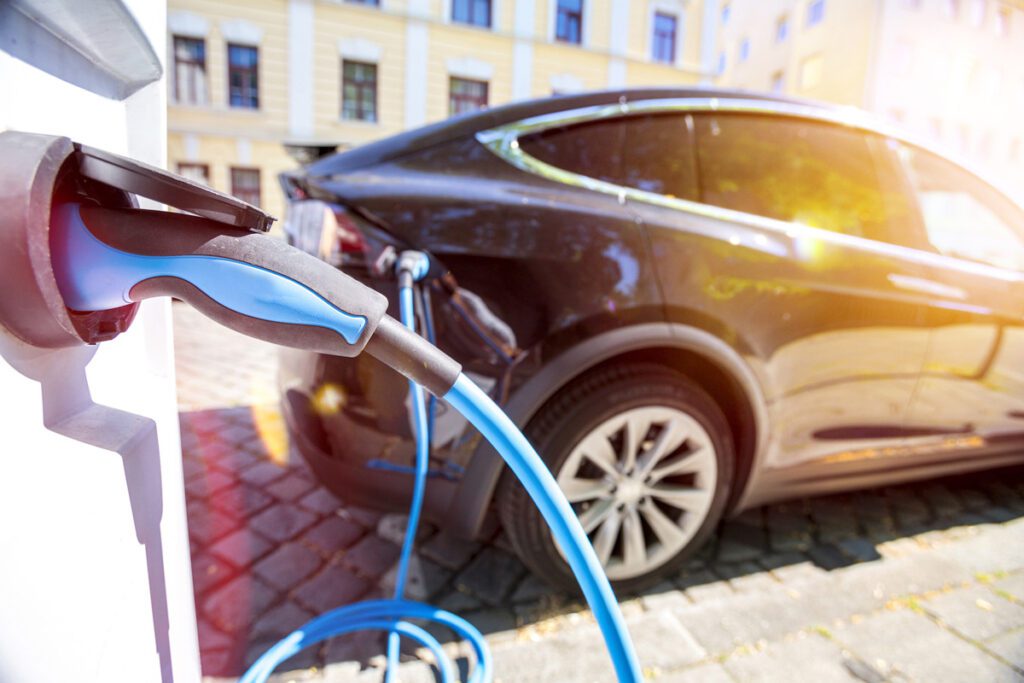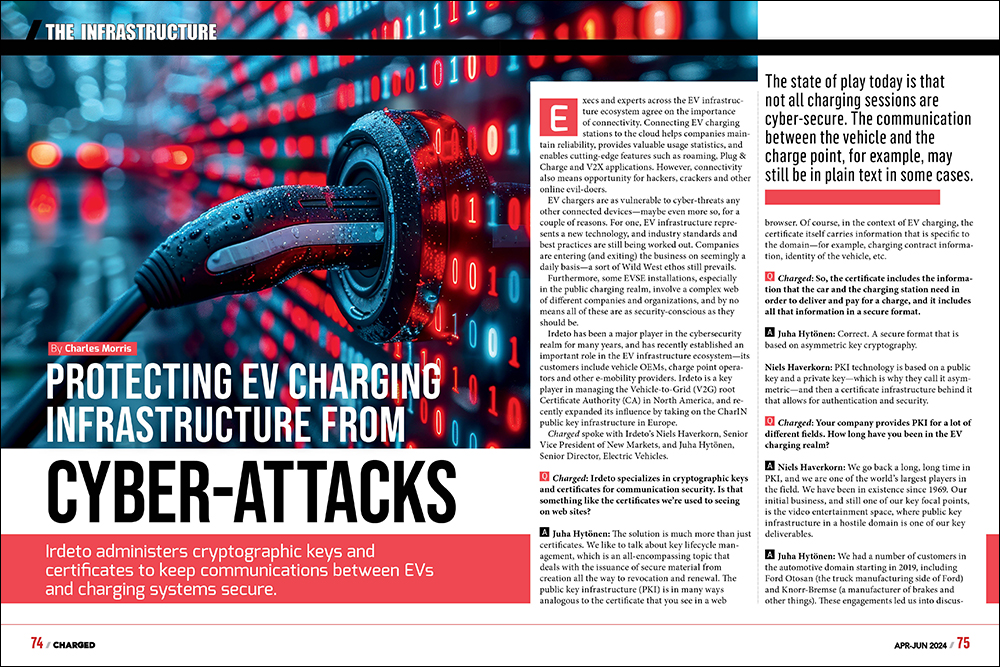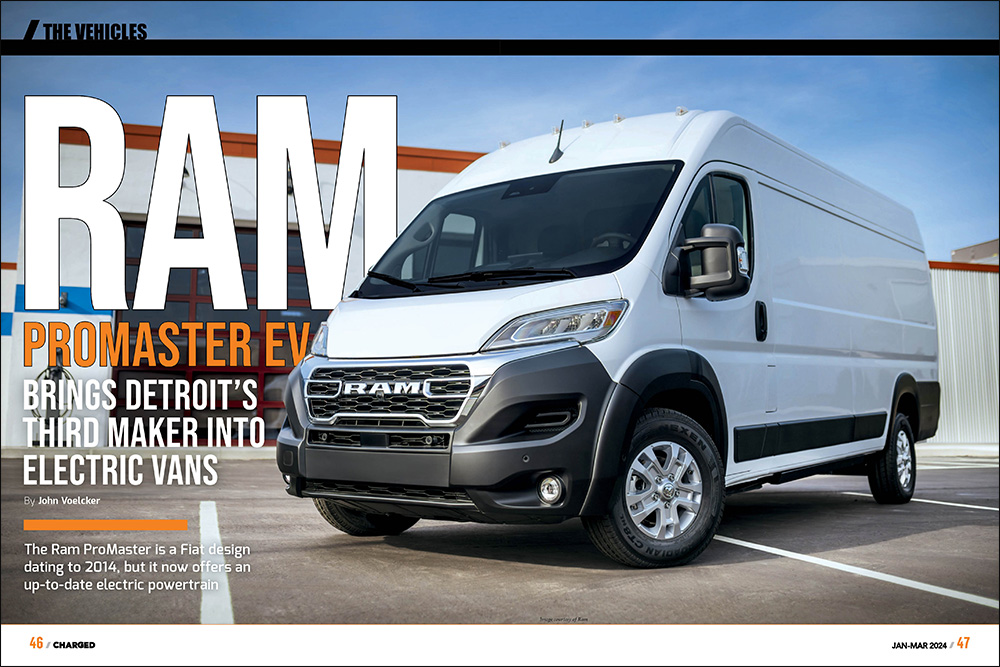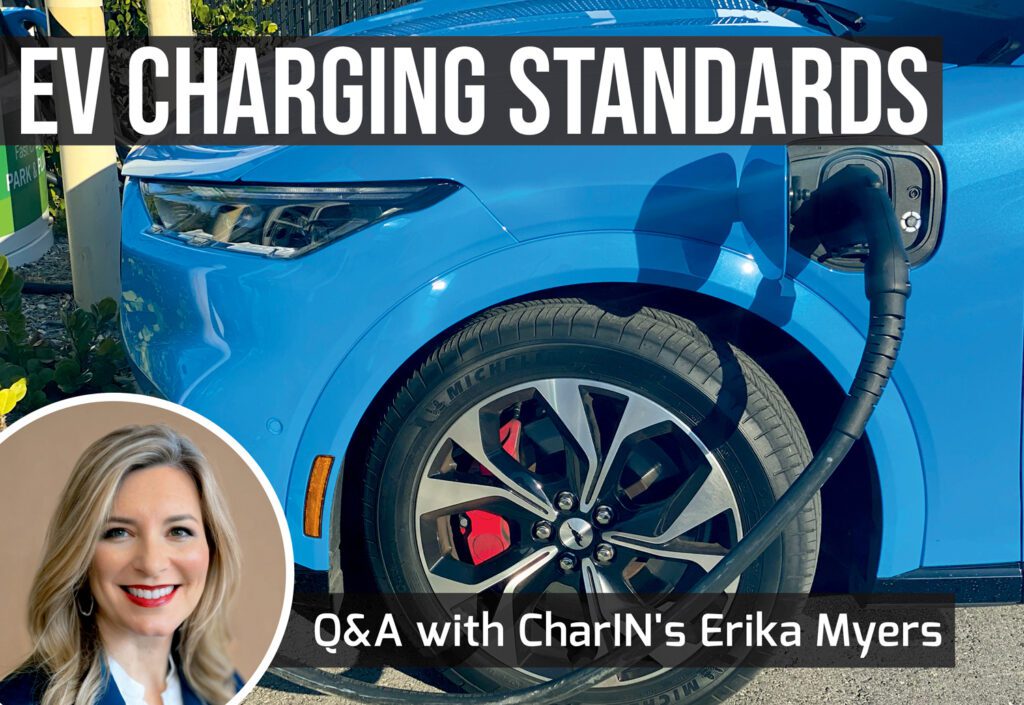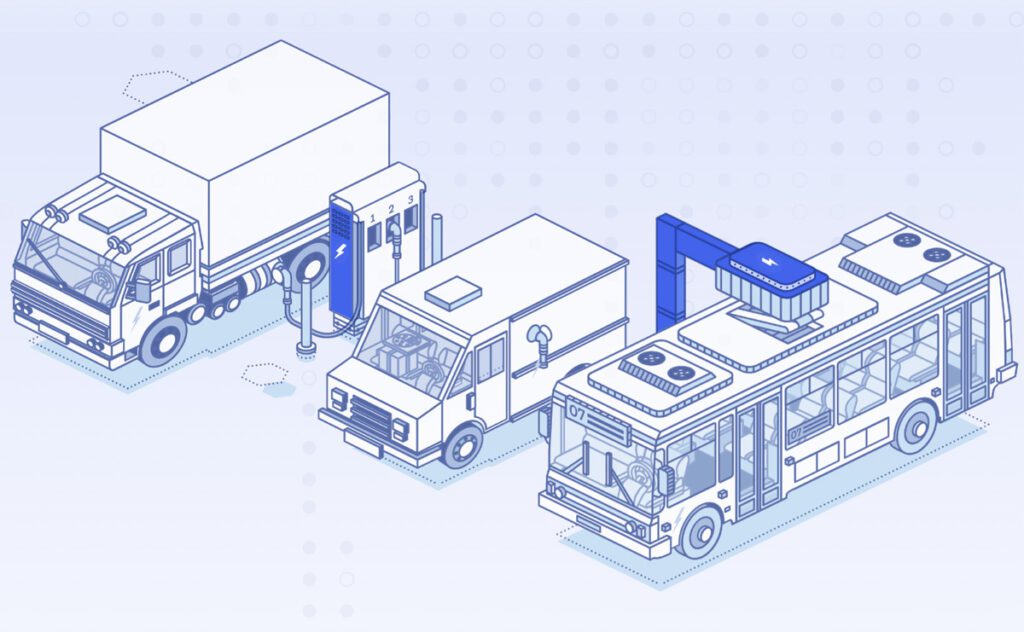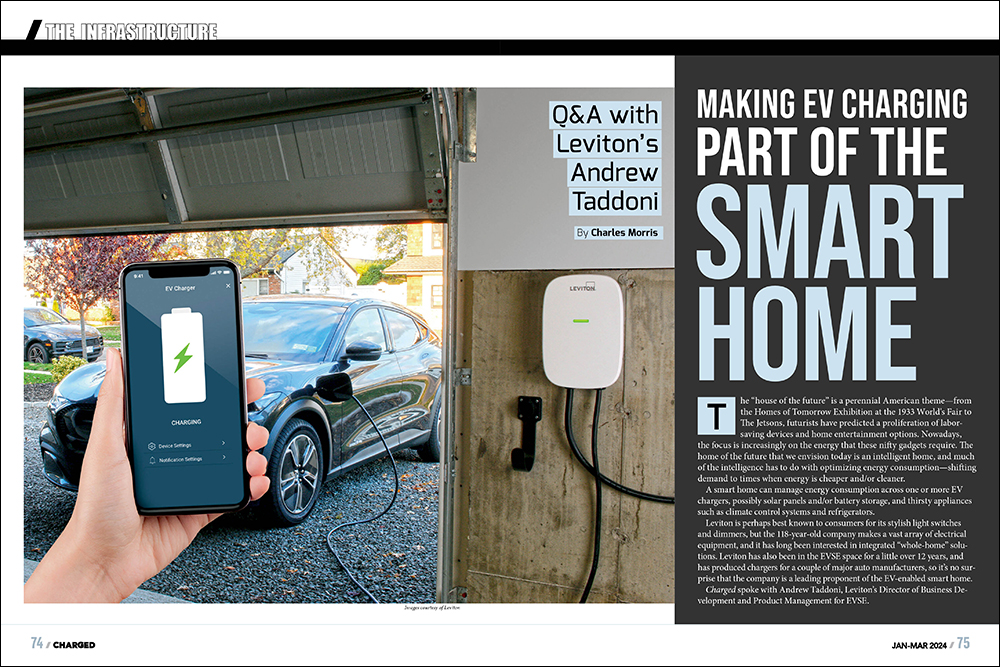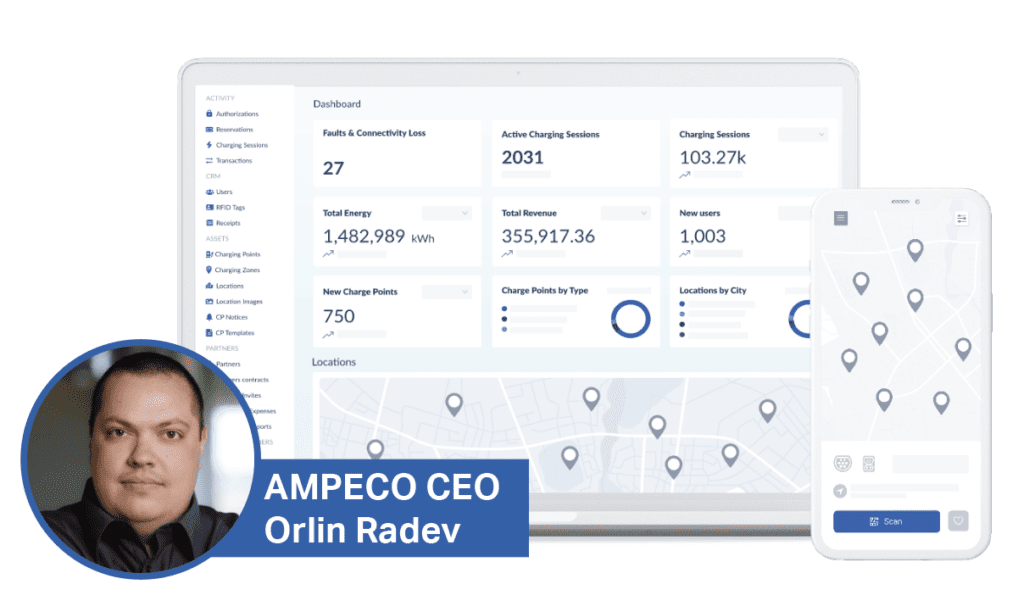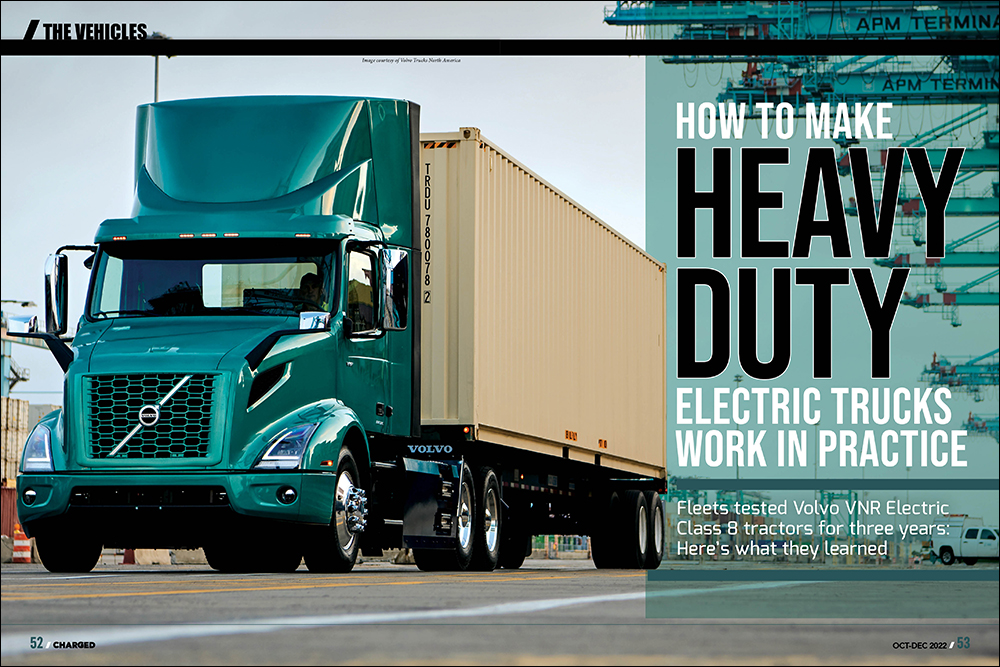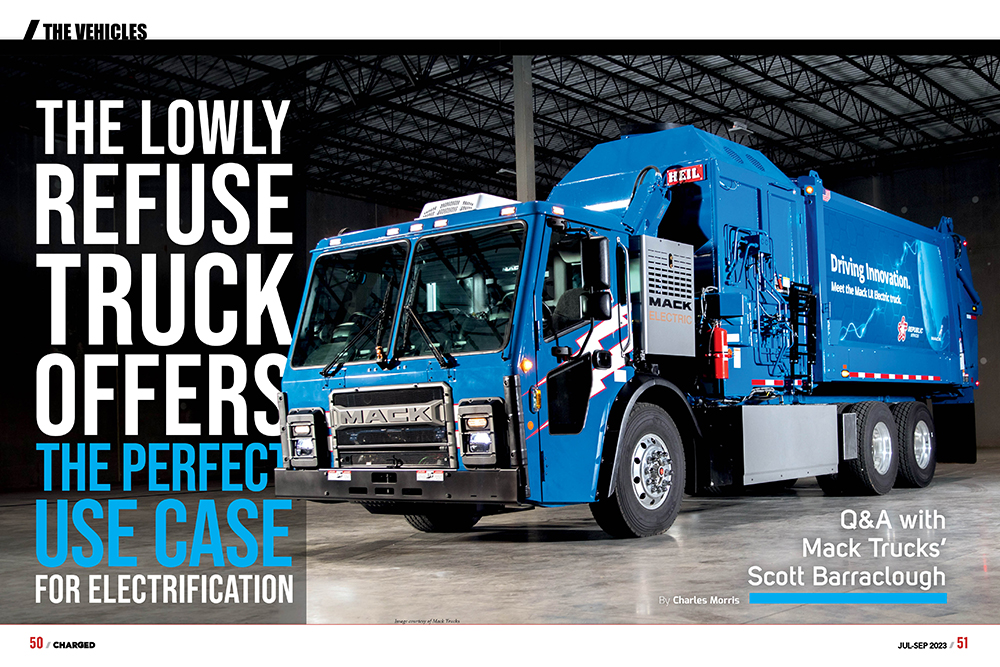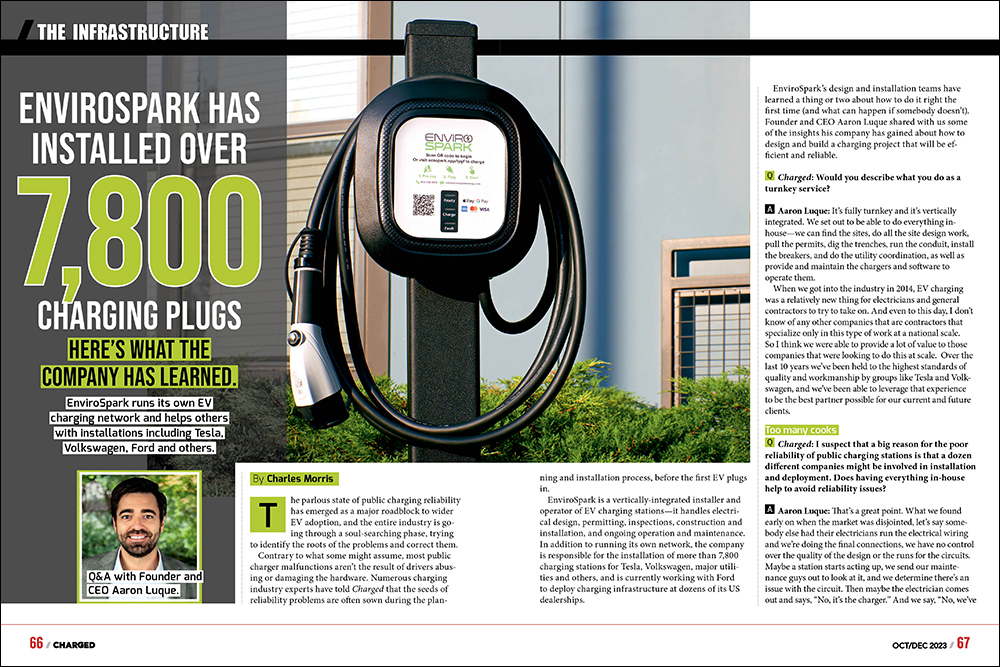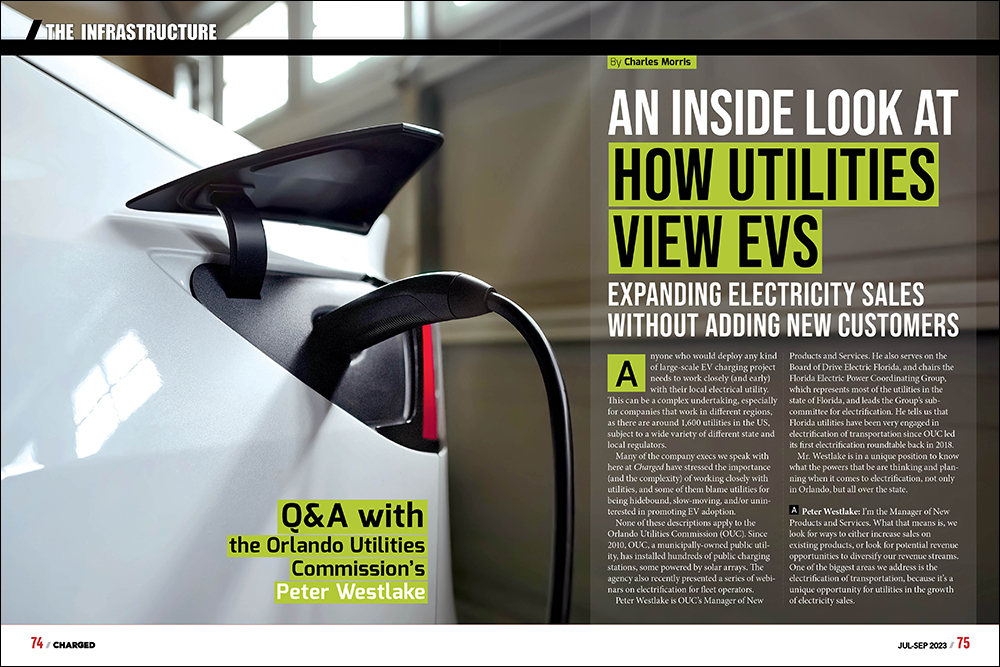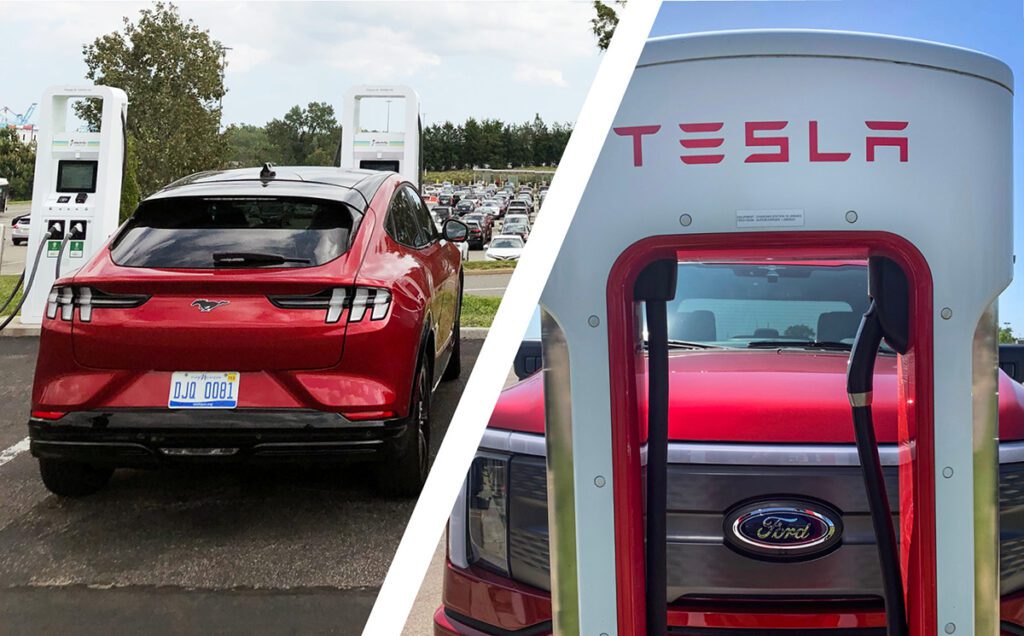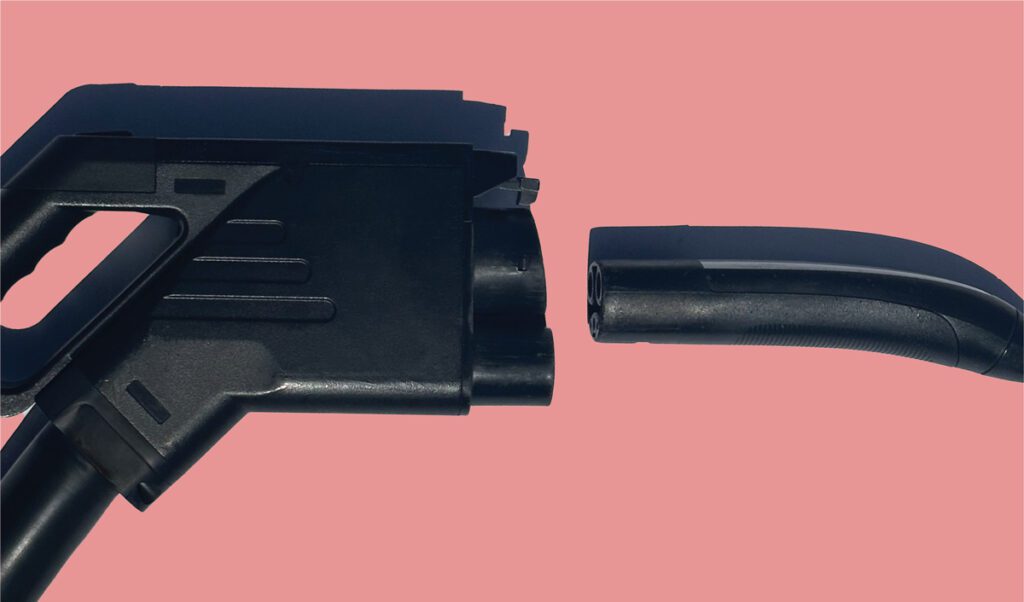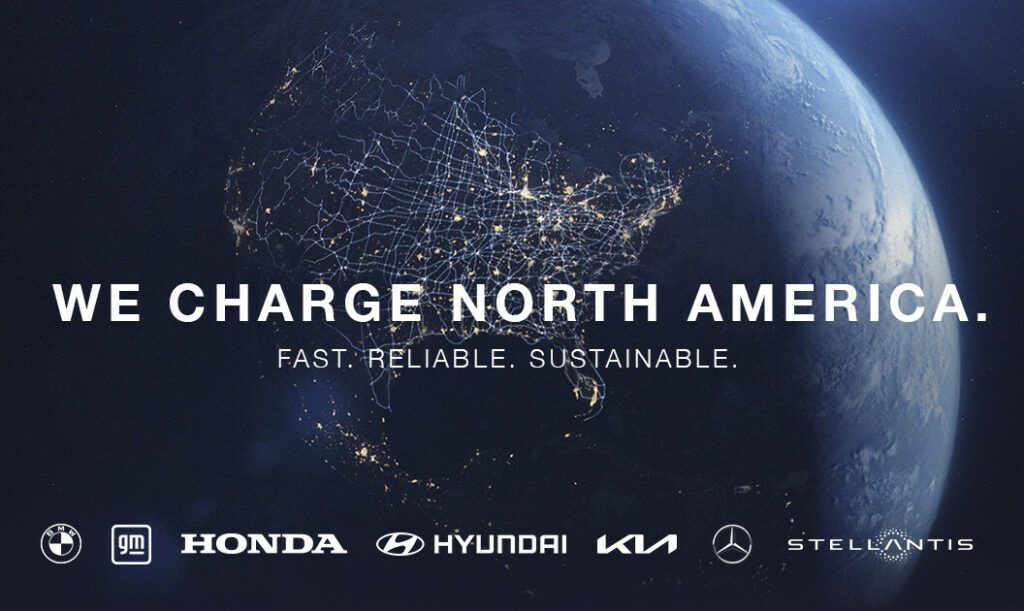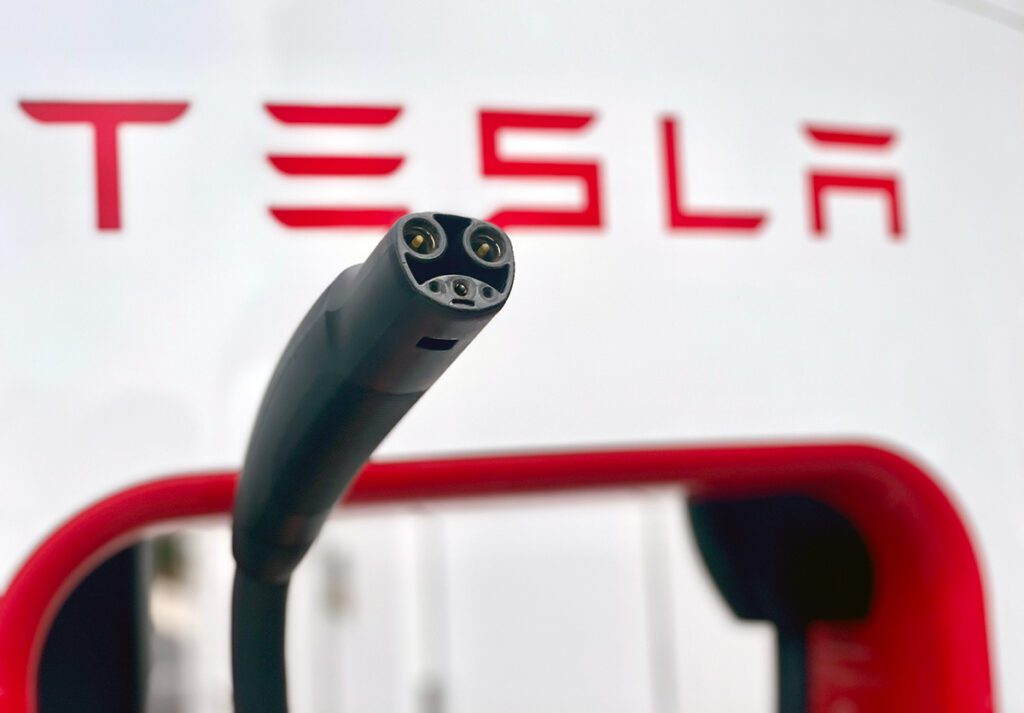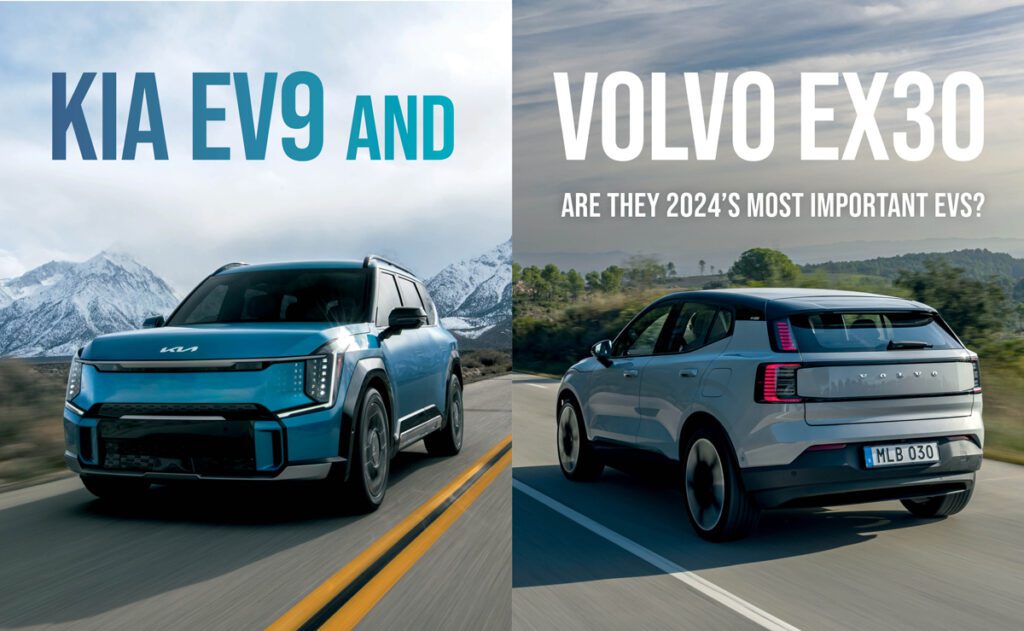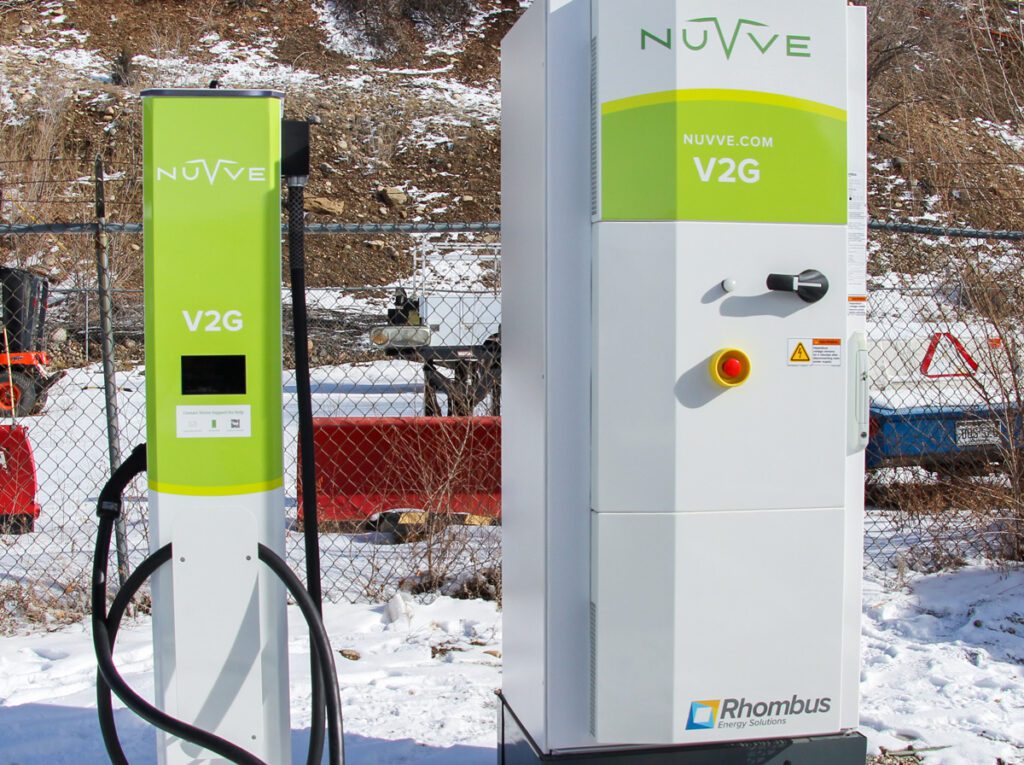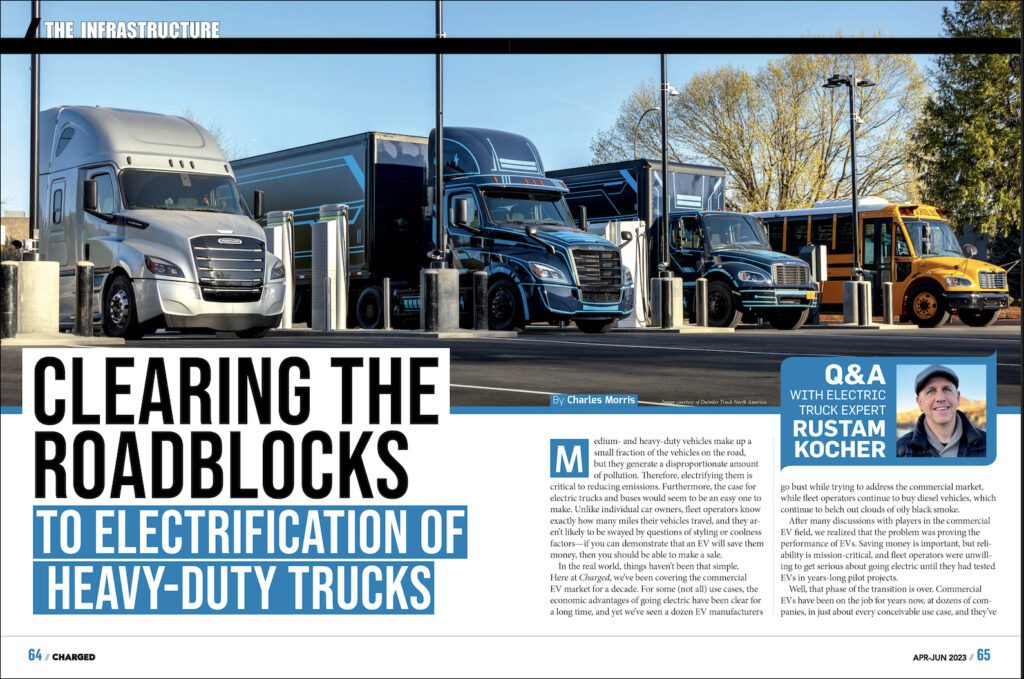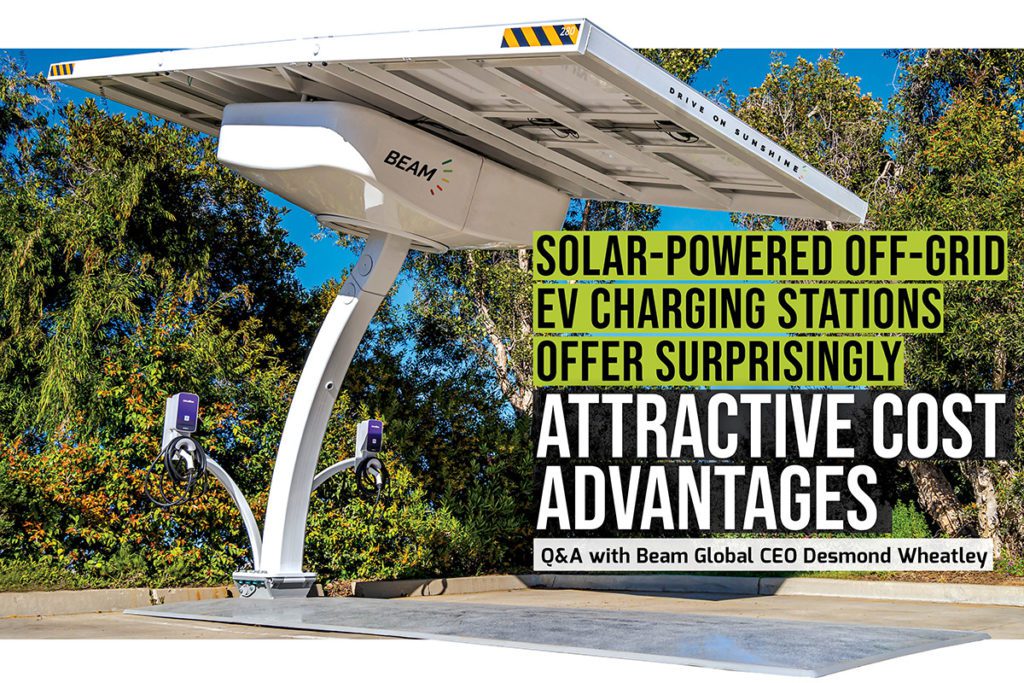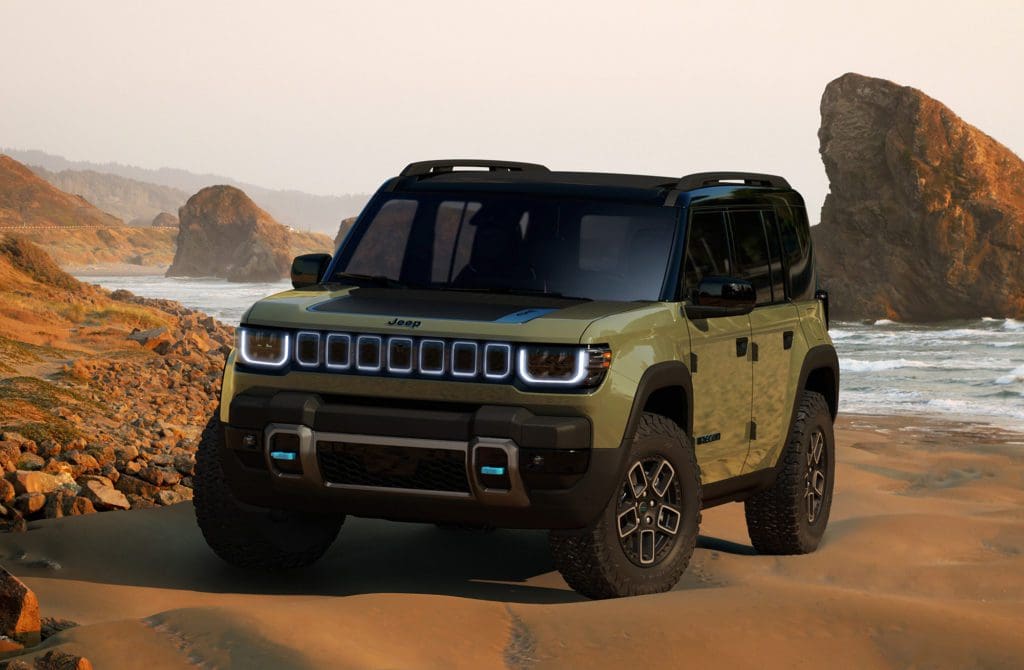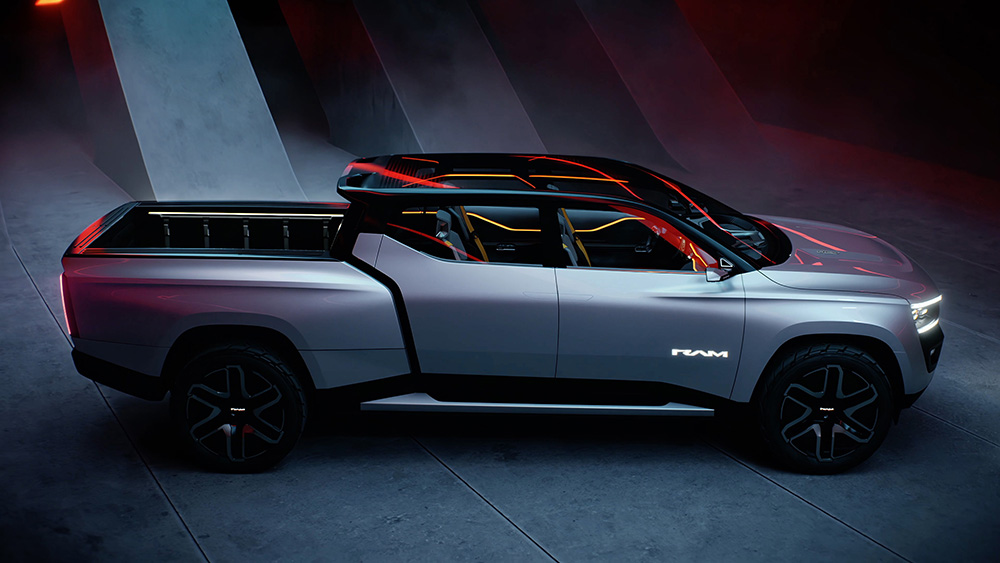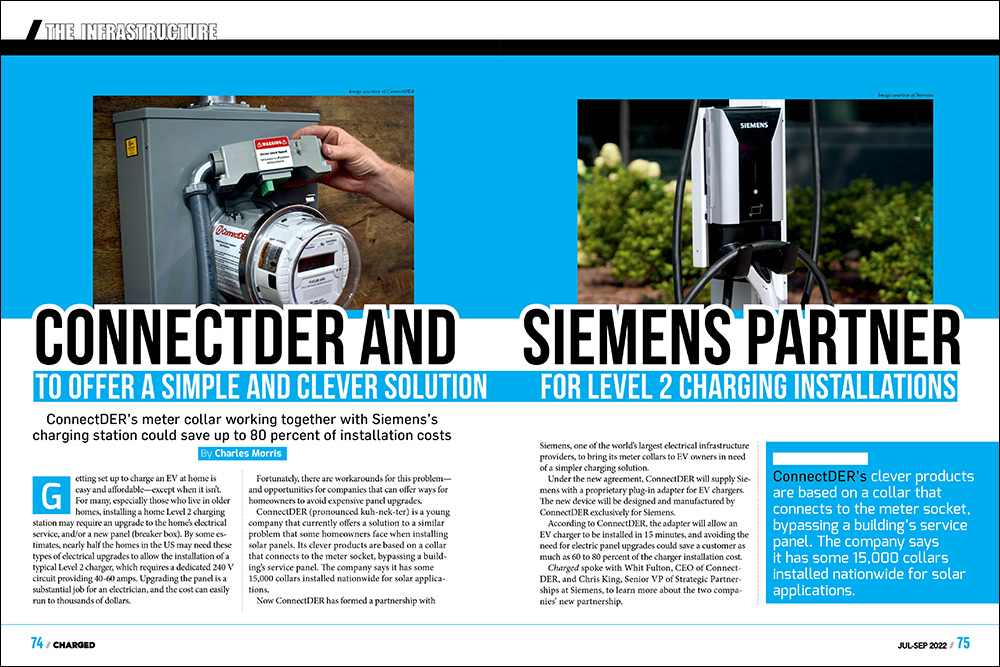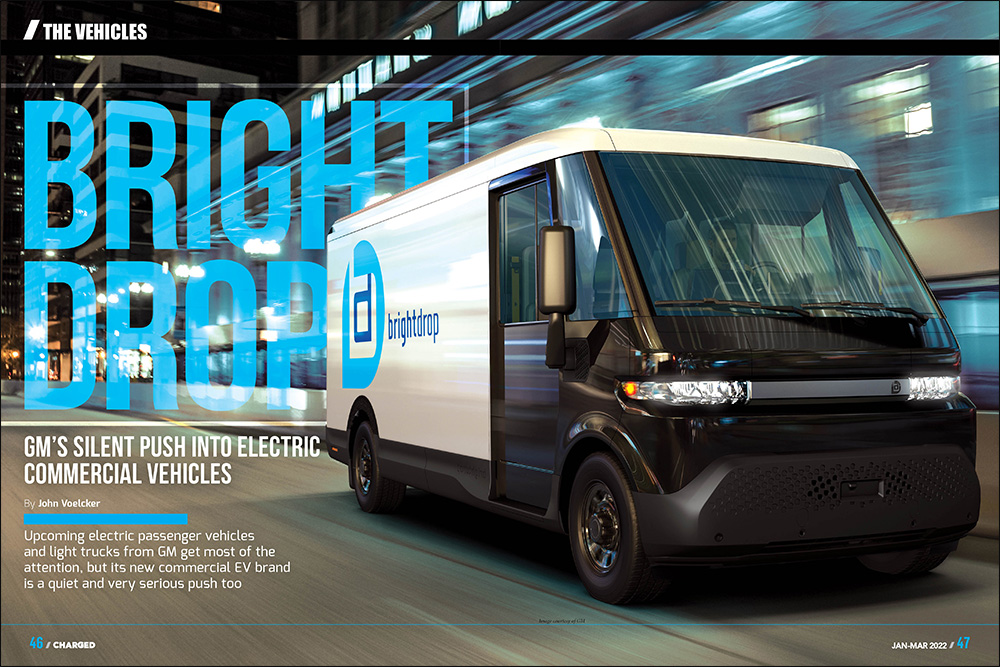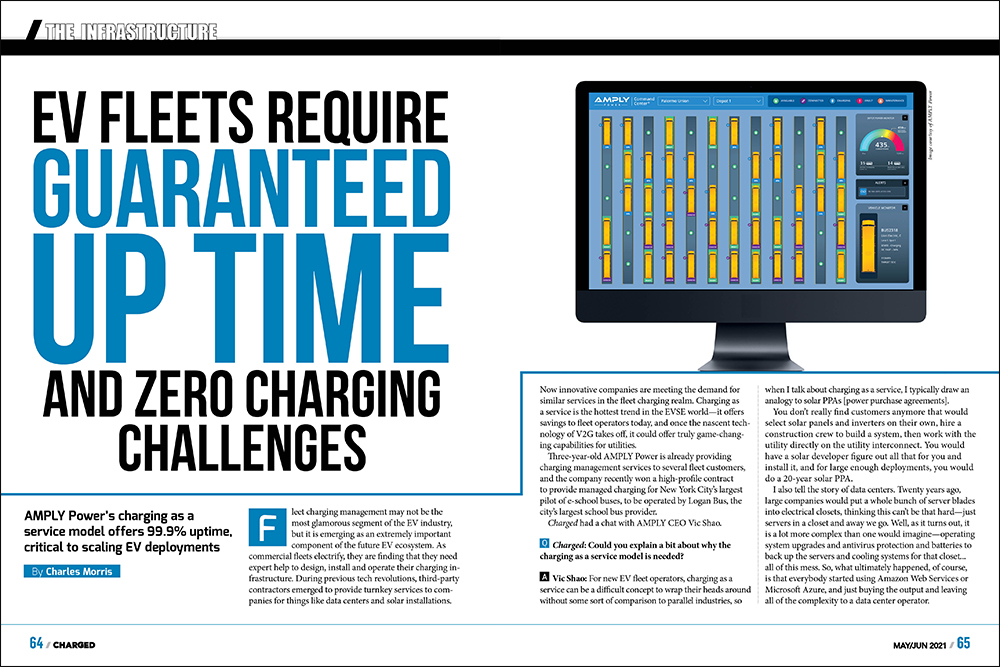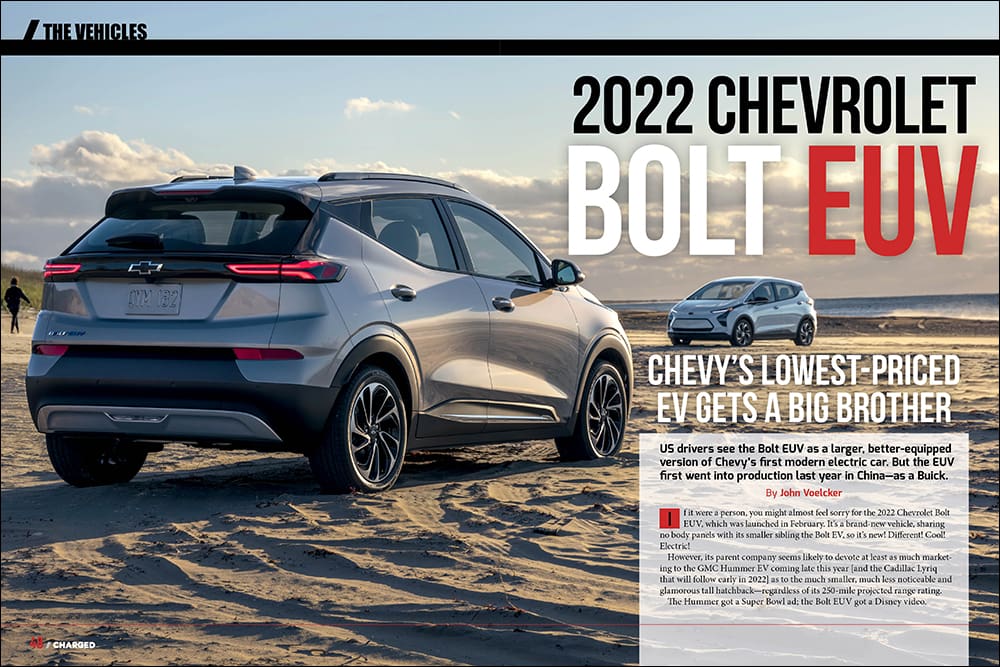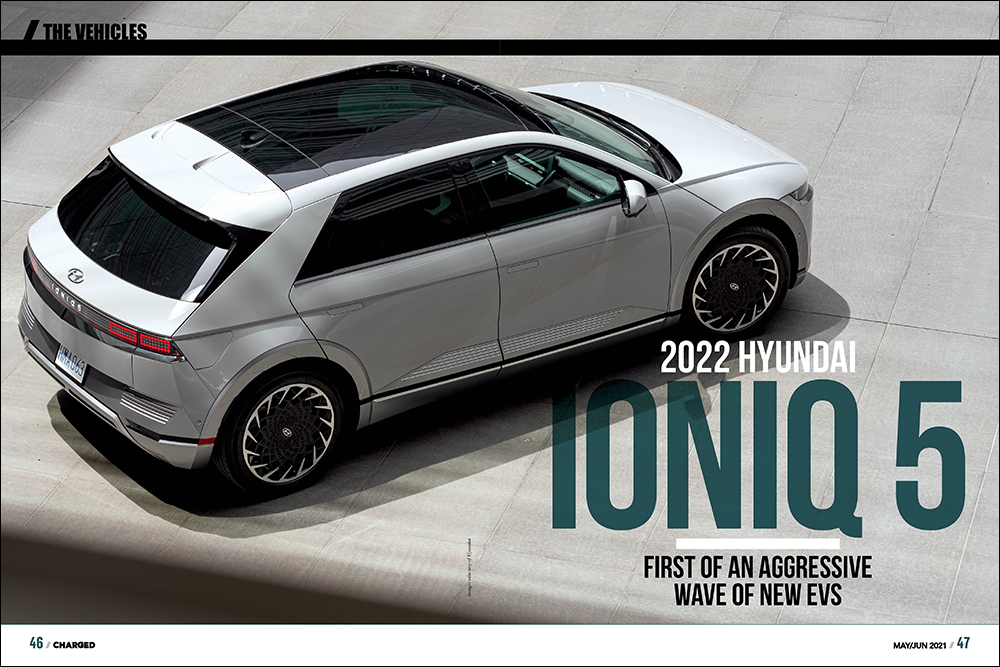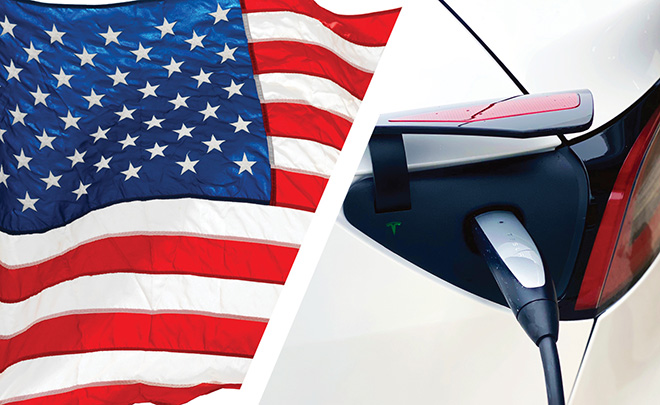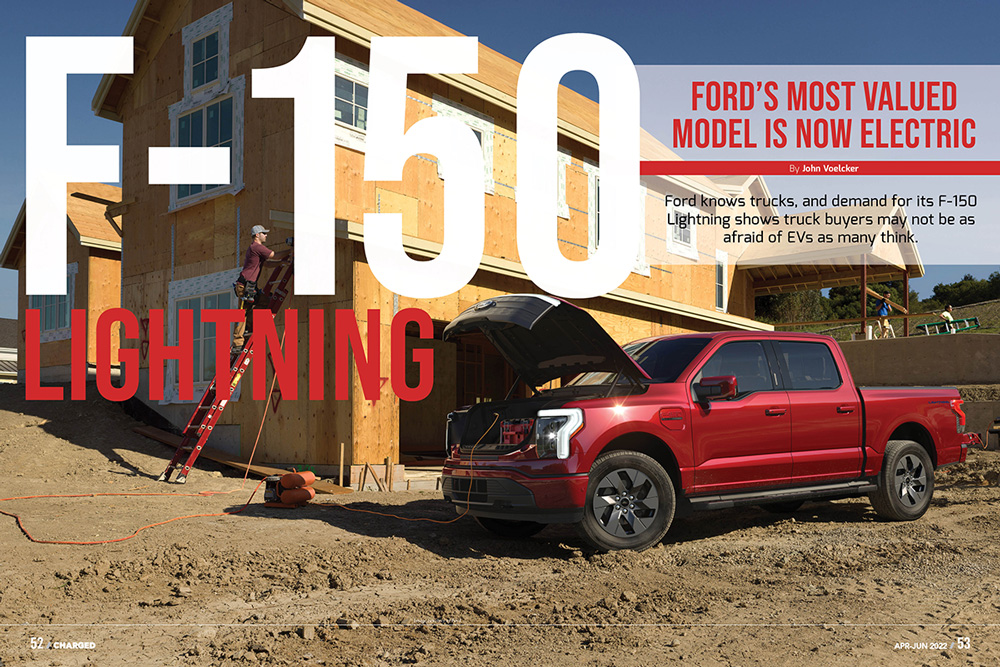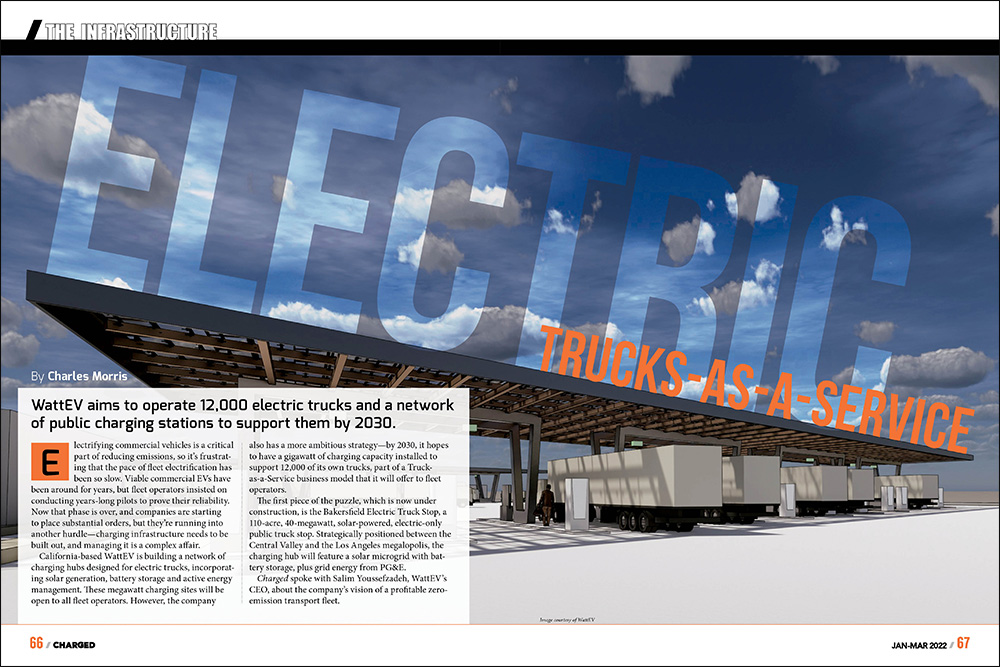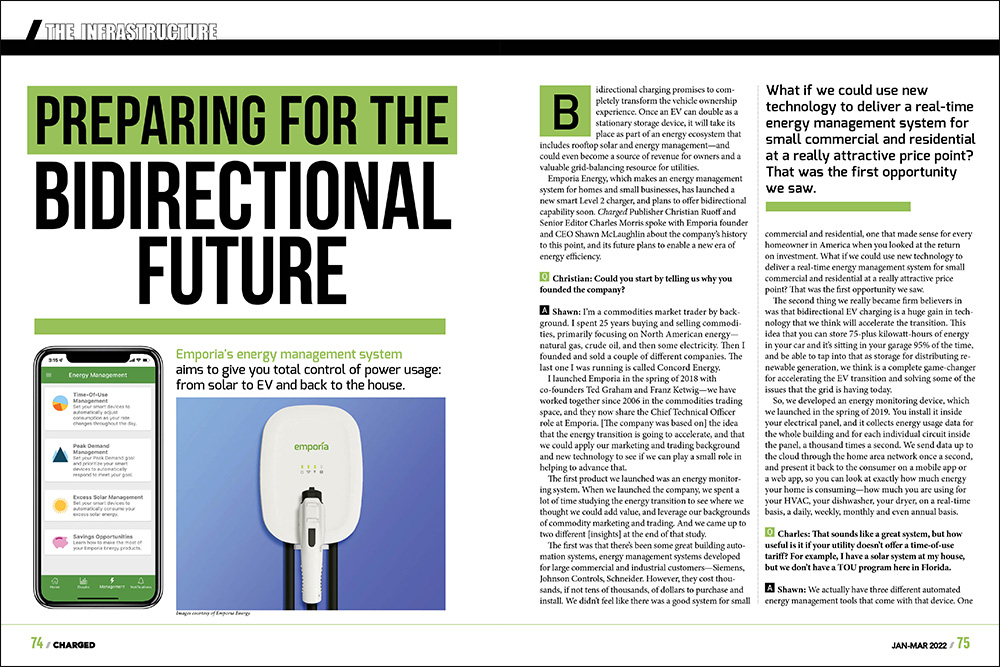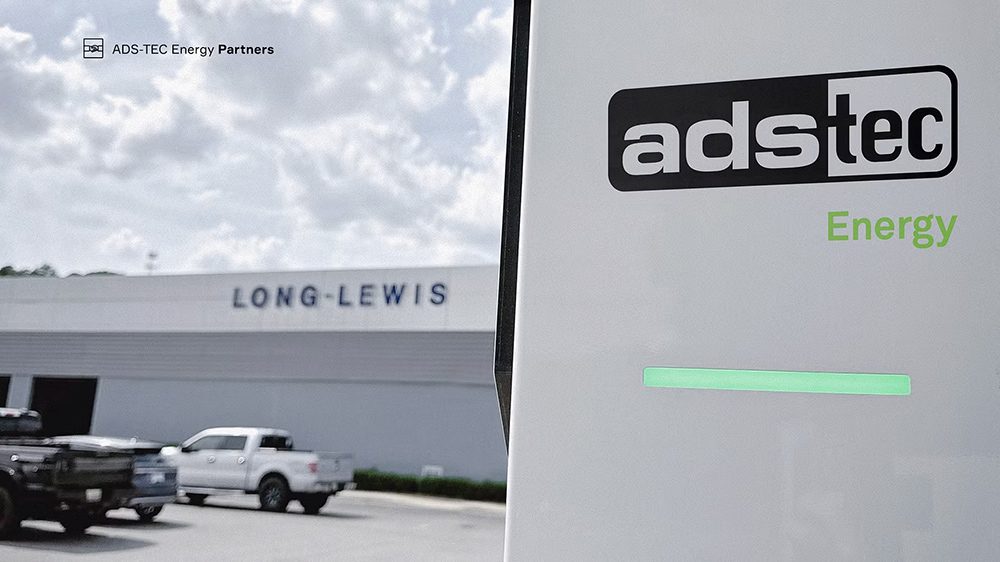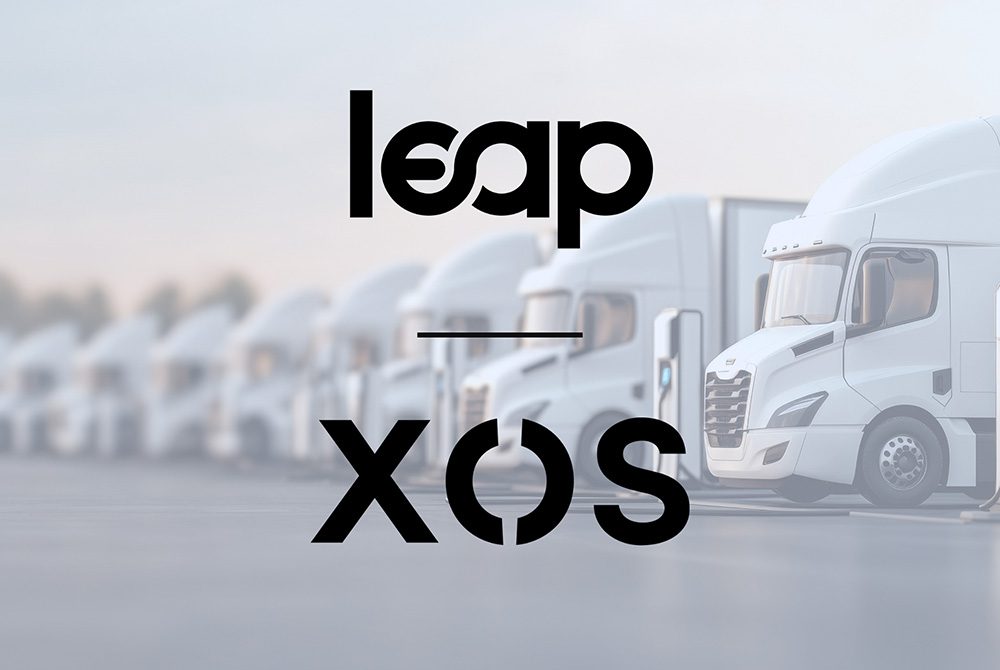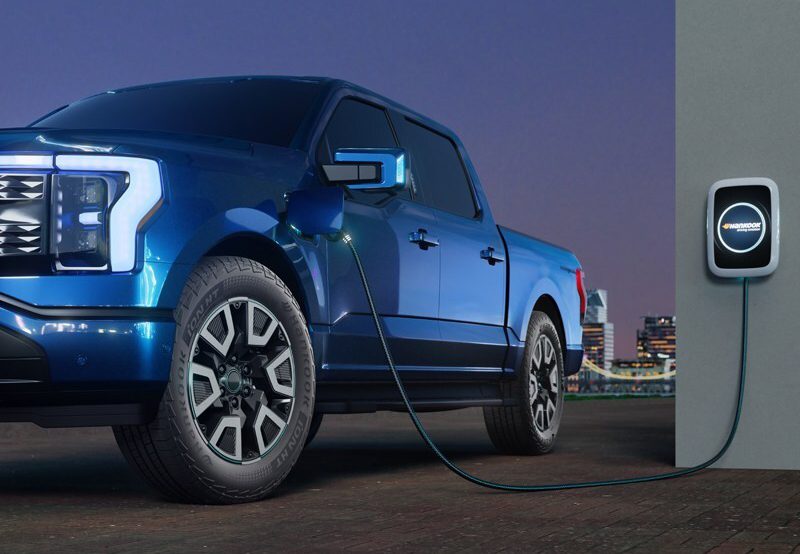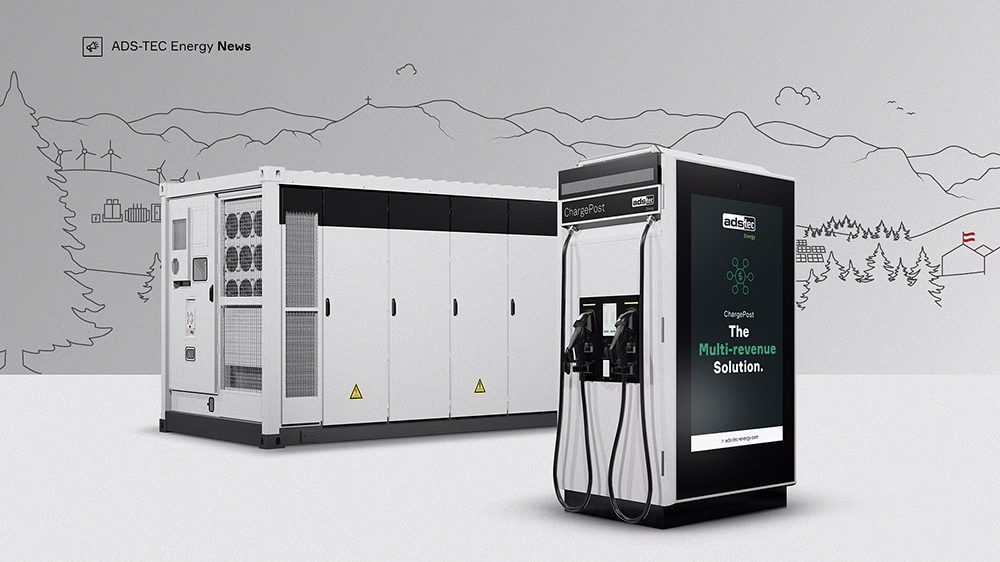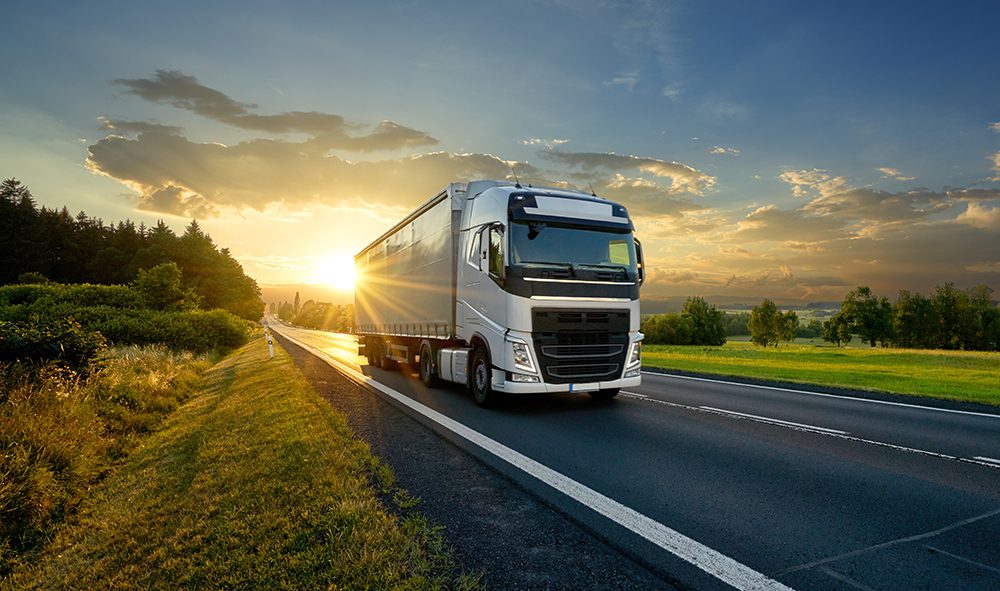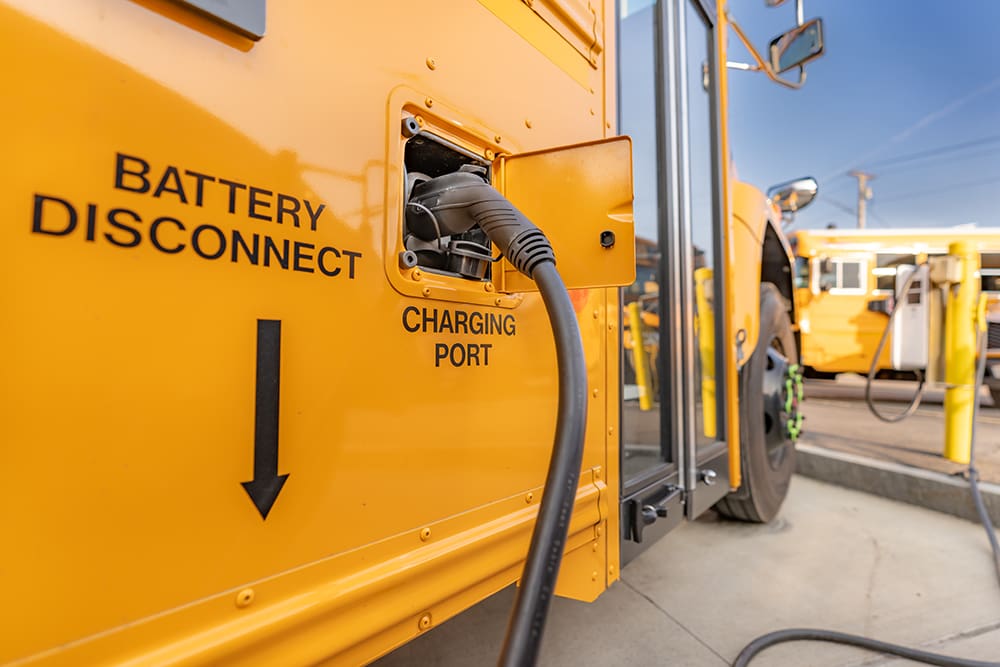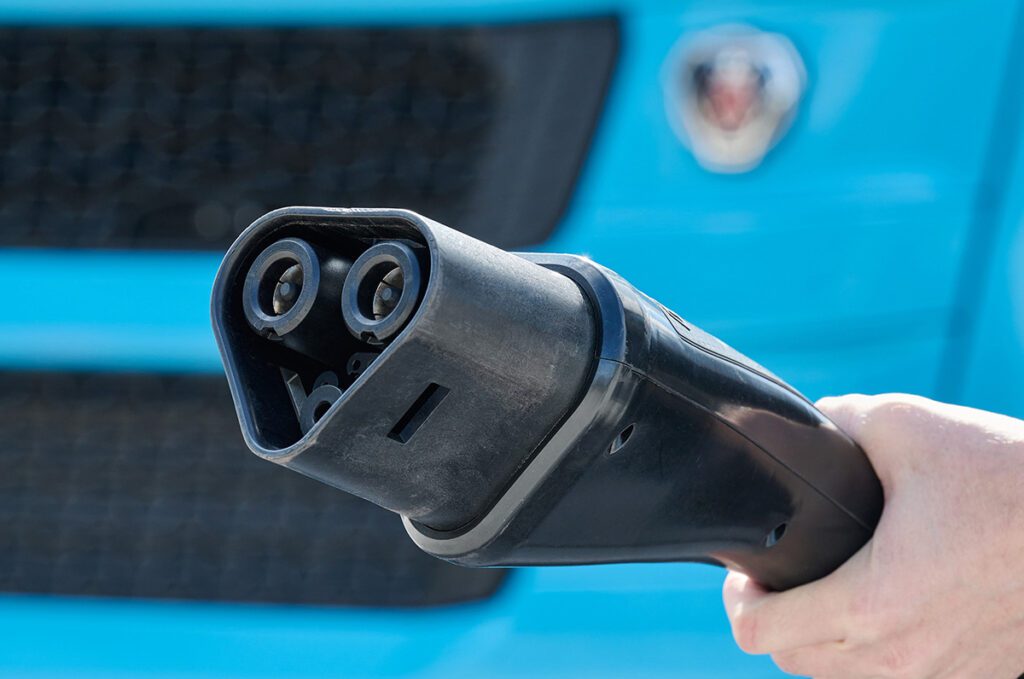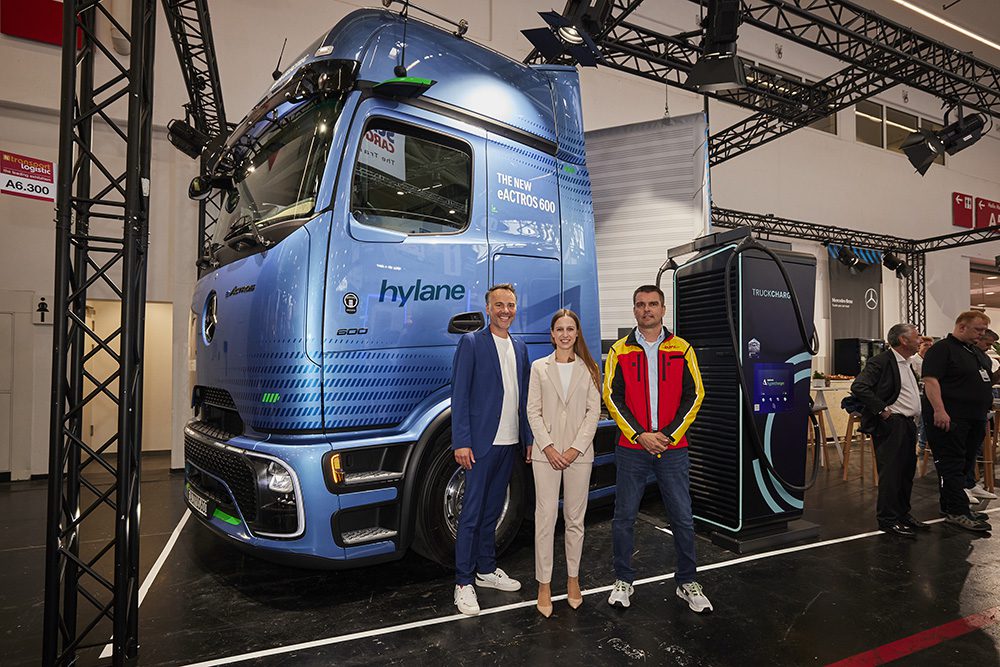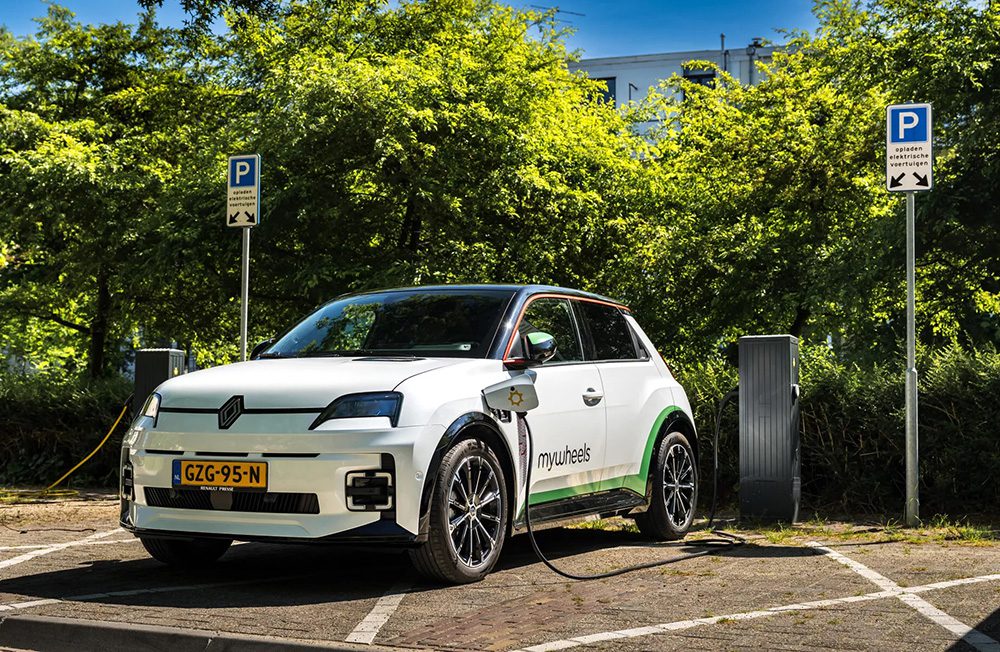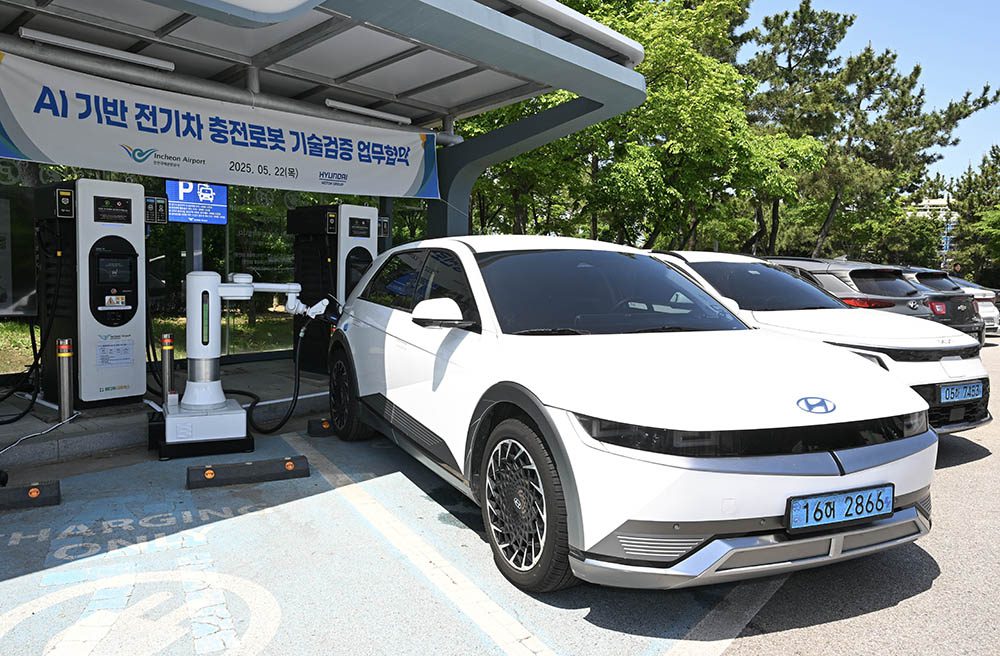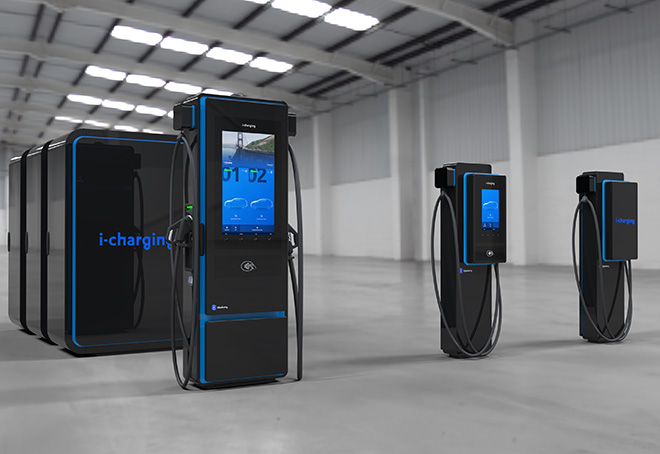Mining involves some of the most extreme energy requirements of any industrial process. To extract the minerals needed to power our technological lifestyle, billions of tons of rock have to be dug up, transported, crushed and processed, generally at remote locations.
Regardless of what the “We love EVs, but…” crowd incessantly claims, the transition to electric transport will not result in an expansion of the extractive industries. On the contrary, as Michael Barnard explains in a recent Forbes article, the sheer tonnage of raw materials we extract will actually fall. (Extraction of coal, oil and gas will plummet, and unlike single-use fossil fuels, the critical minerals required for EV batteries and other components are recyclable.) But both hard rock mining (for aluminum, iron, copper, gold, platinum, et al) and soft rock mining (potash, uranium, limestone) will certainly continue.
Mining companies will still be moving billions of tons of rock and soil around to get at those lovely minerals, and that requires enormous, massively powerful vehicles. Will these be powered by hydrogen, biodiesel or other neo-fossil fuels?
Not according to mining giants Rio Tinto, BHP and FMG. This year, all three firms affirmed that battery-electric vehicles (or in some cases, EVs powered by overhead catenary wires) are the best choice for mining equipment. They’ve assessed hydrogen, biodiesel and other options, and found that using electricity as directly as possible is so much cheaper and more effective that it’s no longer worth considering alternatives. (The world’s largest mining firm, Glencore, is still investigating hydrogen trucks, but it’s already ordering BEVs.)
EVs offer significant advantages to the mining industry, whether operating underground or above ground. Regenerative braking can recharge batteries as the vehicles roll down hills. Electric mining vehicles’ lack of emissions significantly reduces the high expense of providing ventilation in underground mines. The torque and speed requirements fall neatly into electric motors’ sweet spot.
Furthermore, it’s much cheaper to build transmission lines to mines and/or build local wind, solar and hydro facilities than it would be to truck in liquid or gaseous fuels. As for manufacturing hydrogen on-site, that would require three times the electricity compared to running BEVs.
As Mr. Barnard points out, mines are already operating a vast variety of heavy-duty electrical machines: drag lines, drills, conveyor belts, rail systems, ventilation, ropeways. Trucks and earth-moving machines are increasingly plugging in as well.
Source: Forbes






